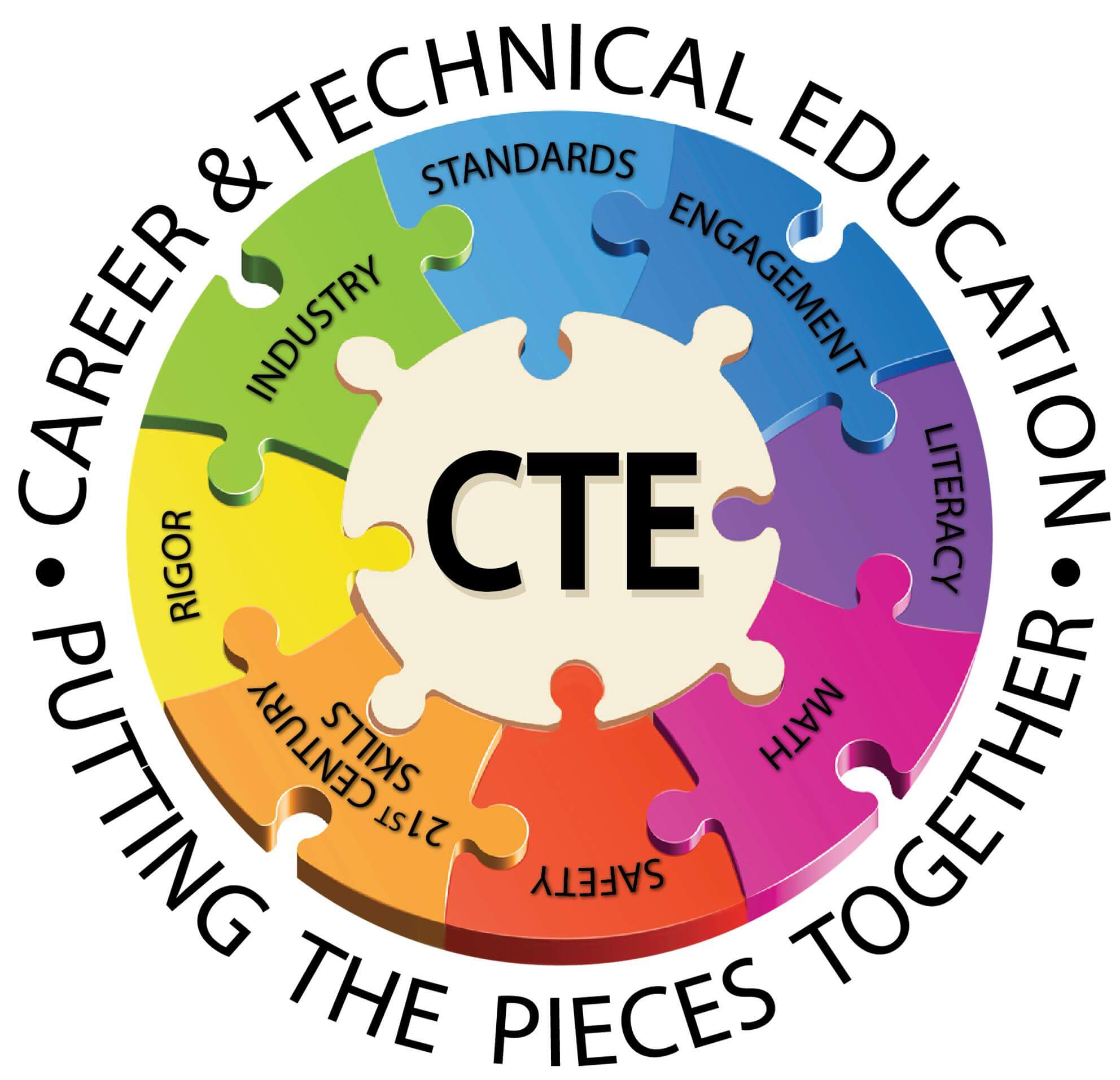Some things in life are painfully overrated and college might be one of those things. Teachers and administrators tell students ,who want to be successful, go to college. They encourage students to earn a degree from one of the venerable institutions of higher learning. However, college may not be the only path to success.
Have you ever wondered why students are able to learn quicker when they are younger (picking up new languages, developing athletic abilities, etc.)? Common sense says most students respond better to a three-dimensional learning process. This is a process in which a person can visualize things from the beginning all the way to the end. For example, it is easier to learn engineering by building a house than by reading a book about it. Some students can respond to two-dimensional learning, but most of them respond better when the learning is hands on.
Students are under-prepared and lack skill
In a poll done by the Jordan Porco Foundation, 87% of students said that college preparation during high school focused more on academics than emotional readiness, and 50% said their independent living skills need improvement for college readiness . This clearly indicates that most students are under-prepared for college. Another study shows that college dropout rates continue to be a national embarrassment (29%) but it doesn’t end there. Even after college, industry workers say that most college graduates are not prepared to work in their specialized field. Recent graduates require at least 6 months of training before they are qualified to be put in their position.
4 Year University isn’t the only option
After graduating from a four year university, 51% of students don’t utilize their technical knowledge from their degrees! The problem is that most of the students don’t know who they are, what makes them happy, or what they enjoy doing most. As a result, they spend time doing things that they think are “required” to be successful. This type of mentality creates students that do not enjoy school and are unmotivated to succeed. School should not be focused on simply preparing students for work but it should help students to find things they enjoy doing. When we help students to find things they enjoy, they will be more motivated and interested in learning.
Ultimately, students have to think about their life goals. Mary Docken, a prominent voice in education advocacy, says that “Students need to think about what their interests are, how they like to learn, what motivates them, what financial realities they face, what type of work they enjoy and see themselves doing” . Sometimes college will limit the number of options that students will have for a career.
History of Career and Technical Education (CTE)
During the first 50 years of the United States, public education was largely limited to boys. Although in the early-1800s, girls began to enter schools to prepare for teaching. In the early 19th century, the U.S. workforce and public education system started together to train the streams of workers for different jobs during school. Later on, the first manual training school, established in St. Louis, Missouri in 1879, set the foundation for modern career and technical education.
Near the turn of the 20th century, agricultural education started to thrive. The first mass acceptance of career and technical education came after World War I and the movement spread in the years that followed. Career and technical education expanded to include adult education and re-training citizens to enter the workforce. World War II caused a surge in career and technical education as technical skills were needed for defense purposes. However, Joel Klein, former New York City school chancellor, said the following about vocational education 40 years ago, “Vocational education programs, where you send the dumb kids who weren’t suited for the classroom learning, are awful and just waste of time and money”. Last century’s vocational programs offered old-fashioned woodworking and auto mechanics, providing good skills and for work or in their daily life. However, these programs were poorly structured, which brought about a negative stigma.
CTE – Vocational Education
Last century’s vocational programs offered old-fashioned woodworking and auto mechanics, providing good skills and for work or in their daily life. However, these programs were poorly structured, which brought about a negative stigma. Today, Career and Technical Education (CTE) provides a vastly different pathway; one that leads to high school graduation, higher education opportunities and jobs in skilled trades, applied sciences and technology. The idea behind CTE is to align high school students with post secondary options. Students learn to read blueprints, make detailed drawings and use machinery commonly used in a very different woodworking industry. Similarly, automotive careers have adapted to a changing industry where computerized equipment, electronics and advanced materials are now standard, and students can choose to study fuel cells or electric car design.
From the article by Joe Klein “Learning that works,” CTE’s academic results have been spectacular for students. “Nearly every one of these kids passed the state comprehensive test we give to 17 year olds in Arizona, in which less than about 40% of the non-vocational education students passed”. CTE programs motivate students to get involved in their learning by engaging them in problem-solving activities that construct knowledge and by providing hands-on activities that enable them to apply knowledge; bring students and adults together in a setting of collaborative learning; and offer opportunities for students to interact with community members, potential employers, and students and teachers who share similar career/vocational interests.
CTE programs offer students an alternative to college prep programs. Research shows students considered “at risk” or “disadvantaged” and students with disabilities have greater success when they are enrolled in technology education, tech prep, school-to-career, and other CTE programs.
Format of LSA
LSA believes that students will be the most successful in their future career when they satisfy three criteria. The three criteria that need to be satisfied are:
- Choose something you are good at
- Pursue something you are passionate about
- Pick something that provides value to others
There are multitudinous careers available for students who dare to dream. Education should not be a hindrance to a student’s learning experience. Many students would be more apt to becoming a professional in a career provided by Career and Technical Education. Each person and each student’s path to success is unique. To standardize any path towards success is not practical for a world with different people with different passions and interests. LSA teaches students how they can find an expert and how to achieve their dreams in any field.
Partner With LSA
Those who have interest in working with LSA, contact Jake Gunnoe at jake.g@old.leadaz.org or call at 928-710-8915.



